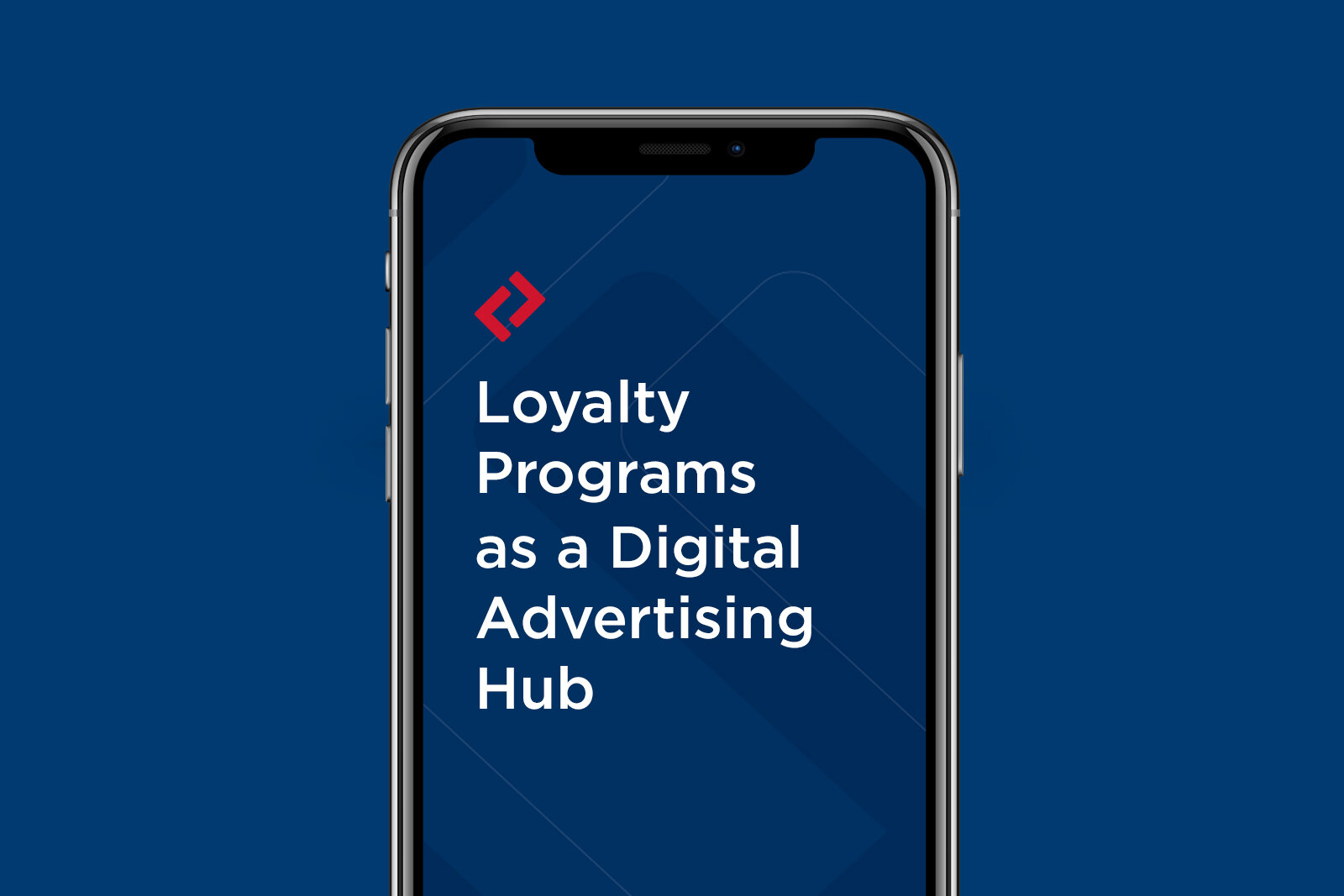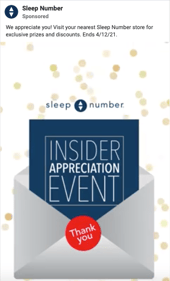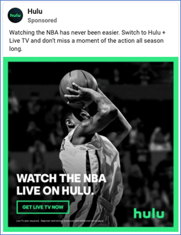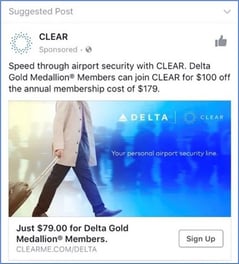Loyalty Programs as a Digital Advertising Hub

Developing strong relationships with customers has always been critical for brands to build a successful business, and this becomes even more vital in a privacy-first world.
—David Temkin, Google’s Director of Product Management, Ads Privacy and User Trust
For decades digital advertisers have thrived by tracking users’ web activity to deliver relevant and repetitive ads. However, users of search and social platforms weren’t asked for their express consent to have their data widely shared. Now, as third-party data tracking is being terminated by major web browser providers, the digital advertising landscape is changing rapidly.
In fact, in a recent statement Google’s David Temkin announced the company has no plans to offer an alternative to cookies as a way to track individual activity on its platforms—and thus target ads. “If digital advertising doesn’t evolve to address the growing concerns people have about their privacy and how their personal identity is being used,” Temkin asserts, “we risk the future of the free and open web.”
What does this mean for brands’ digital strategies in the near future?
Rather than being a hurdle, this sudden shift in digital advertising actually presents new opportunities for companies, especially those with accurate and active customer data. The new uncertainty around third-party data dependence will create a greater competitive advantage for companies with active first-party data. And loyalty has a leg up—it’s hard to think of a better way to capture salient customer insights than through the engagement and value exchanges in a loyalty program.
Arguably, the shift opens new possibilities for earning customers’ lasting engagement and loyalty by delivering relevant ads based on the preferences customers consensually provide. Prioritizing preferences is quickly moving past a nicety to a necessity when brands want to drive customer response. In fact, you can read more on the topic of generating hyper-personalized communications from customer data insights in our recent six-part personalization engine series. The same tactics discussed in that series also apply to paid outreach.
Which digital ad campaign options that use your brand’s available customer data are most effective?
Fortunately, viable options that leverage first-party data across digital media channels are already available. Consider the flexibility and potential of these three digital ad options:
1. Target custom audiences

Most search and social channels allow for targeted ad campaign delivery to a company’s own customer lists through a custom-audiences function. Since most loyalty program members use an email to manage their user rewards account profile, that same email can be matched with external user profiles in Facebook, Google, LinkedIn, Twitter and others with high accuracy.

This capability offers an effective way to reach various customer segments through low-cost targeted ads. Mattress company Sleep Number uses this strategy to promote its loyalty program’s member event—as shown in the accompanying ad.
This campaign option ensures relevancy by being delivered to members, and it conveys a sense of exclusivity through the animated invitation used in the creative. This approach can (and should) be embraced by brands looking to communicate exclusively with their loyalty program members on social media.
 The same approach can go deeper to reach smaller and more targeted customer segments for even greater personalization. For example, this ad from the fast-food chain Subway hones in on frequent purchasers of veggie subs—information the company tracks through in-app ordering and saved favorites. By leveraging a custom-audience capability, Subway can tempt a variety of specific groups by delivering targeted ads that highlight that groups’ favorite selection.
The same approach can go deeper to reach smaller and more targeted customer segments for even greater personalization. For example, this ad from the fast-food chain Subway hones in on frequent purchasers of veggie subs—information the company tracks through in-app ordering and saved favorites. By leveraging a custom-audience capability, Subway can tempt a variety of specific groups by delivering targeted ads that highlight that groups’ favorite selection.
2. Turn look-alike audiences into act-alike segments

Expanding past custom audiences, brands can focus on look-alike audiences. Typically, this campaign option has aimed to locate social media users with profiles similar to a brand’s customer list based on demographics. Today, though, greater emphasis is placed on behavioral traits—such as stated interests in competing brands, products, or services.

This recent ad from the popular streaming service Hulu is a good example of an audience act-alike campaign aimed to capture new customers by promoting live NBA streaming. By correlating similar profile matches based on user demographics with social media interests, Hulu can more precisely target followers of the NBA or specific NBA teams. As a result, the company can run more effective acquisition ads by reaching the users most similar to their most loyal customers.
3. Engage in cross-promotional partnerships
Most loyalty programs offer members limited-time discounts or points bonuses on purchases with partner companies. Cross-promotional partnerships tend to extend into shared communications—using second-party data—for added educational or promotional value. They’re a great way to expand your audience reach through digital ad campaigns.
 Take this example of a partnership promotion that hinged on custom audience targeting: a sponsored ad from Clear, a paid ID-verification service that helps expedite the security process at airports and elsewhere. The ad copy specifically mentions the recipient’s Delta loyalty program tier and eligible discount. The higher the Delta loyalty tier, the greater the discount offered toward the Clear membership.
Take this example of a partnership promotion that hinged on custom audience targeting: a sponsored ad from Clear, a paid ID-verification service that helps expedite the security process at airports and elsewhere. The ad copy specifically mentions the recipient’s Delta loyalty program tier and eligible discount. The higher the Delta loyalty tier, the greater the discount offered toward the Clear membership.
With change comes uncertainty—and the pandemic-influenced past year has certainly delivered both in ways we couldn’t have anticipated.
However, moving toward the “privacy-first” world David Temkin envisions offers marketers—and loyalty marketers in particular—a range of opportunities to leverage customer insights and deploy more actionable ad campaigns to accelerate growth objectives.
Loyalty programs create a crucial and dynamic value exchange that helps brands gain customer consent and preferences. These key pieces of information, and the consumer buy-in they represent, puts loyalty marketers well ahead of competitors that relied on third-party data instead of engaging their brands’ customer base.
Todd Hedberg is senior director of digital strategy at The Lacek Group, a Minneapolis-based, data-driven loyalty, experience and customer engagement agency that has been delivering personalization for its world-class clients for more than 30 years. The Lacek Group is an Ogilvy company.

